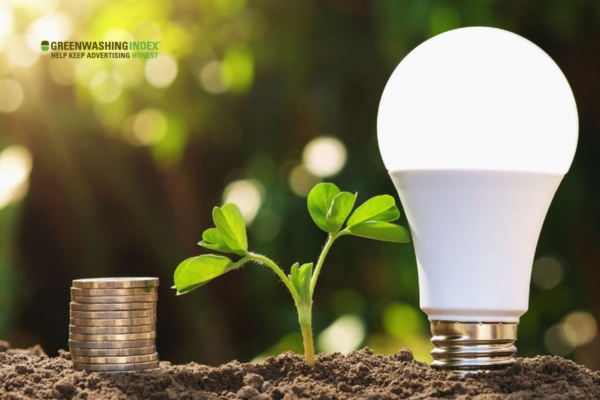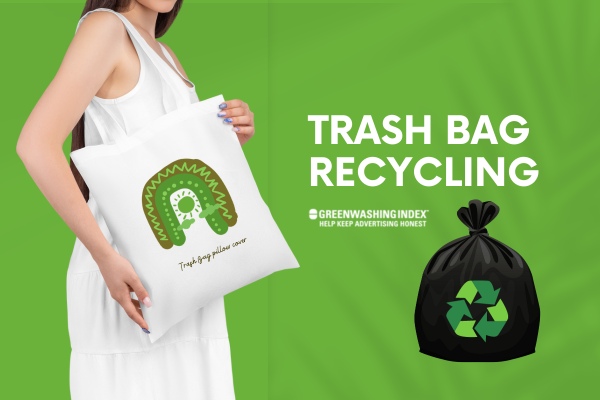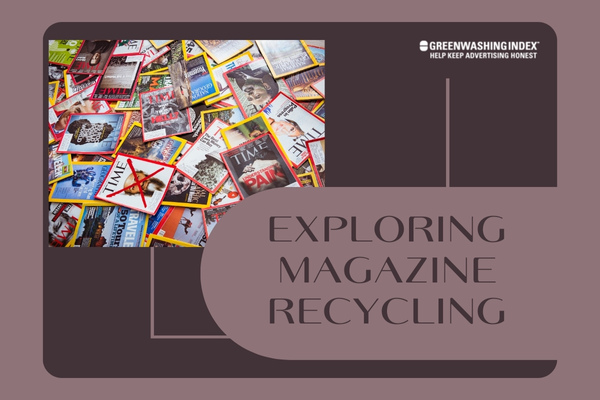Have you ever wondered what happens to light bulbs when they burn out? The answer isn’t as simple as just tossing them in the trash. Light bulb recycling is an important step towards saving our beautiful planet.
But why exactly do we need to recycle these bulbs, and how does it benefit our environment? Stick with me, and we’ll delve deep into the world of recycling these everyday items that have a bigger impact than you might think.
When it comes to light bulb recycling, it’s all about caring for Mother Earth and ensuring a brighter future for generations to come. Recyclable materials from bulbs can be reused in many ways, cutting down waste that would otherwise end up in landfills. Plus, careful disposal of certain bulb types prevents harmful substances from seeping into our precious environment.
Light Bulb Recycling: Why It Matters?
You might wonder why we need to talk about light bulb recycling. After all, when a light bulb burns out, you might just throw it away. But it’s not that simple. Recycling light bulbs is way more important than many of us think. Let me tell you why.
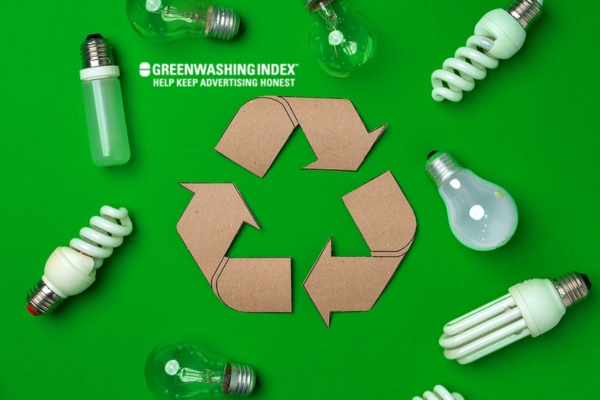
When I say recycling light bulbs matters, I mean it really makes a big difference for our planet – Earth. Here’s how:
- It keeps harmful stuff out of the landfills: Some bulbs have things inside them like mercury that can hurt our health and harm animals and plants if they get into the ground or water.
- Saves Energy: Making new things uses up a lot of power. By recycling, we don’t need to make as much new stuff, which means we save energy.
- Helps to reduce pollution: When we make new glass or metal (that are parts of bulbs), it releases bad stuff into the air—stuff that can make it harder to breathe and adds to climate change.
- Glass and Metals Can Be Reused: The glass and metals in the bulbs can be made into something else – which means less digging in the earth for more resources.
So what happens when you recycle a light bulb?
Well, they take apart the bulb and get rid of any bad stuff safely so it doesn’t end up hurting anyone or anything.
Then the bits like glass and metal that aren’t harmful can be turned into all kinds of other products – things like batteries or even new light bulbs!
By now you see why throwing away burnt-out bulbs isn’t good for our world. Instead, if we recycle them, we’re doing our part in keeping our planet clean and safe for everyone.
Remember when I talked about mercury? It’s really dangerous because even a tiny bit can contaminate water or soil badly—so imagine what lots could do!
And saving energy – that means if we use less power making new things from scratch (like metal and glass), there’s less need for fuels that contribute to global warming.
Lastly, giving those materials another life as something else instead of wasting them, is kind of like giving Earth a helping hand – one light bulb at a time.
So there you have it – recycling those burnt-out lights is pretty important! By taking this small step with each bulb that stops shining bright in your home, you help keep Earth healthy too!
Also Read: Tissue Paper Recycling: Yes or No? Find Out Now!
Can You Recycle All Types of Light Bulbs?
When I talk about light bulb recycling, the first thing that comes to mind is if all light bulbs can be tossed into the recycle bin. Well, the simple answer is no. Not all types of light bulbs can be recycled in the same way. Different bulbs have different parts and materials, some of which are more eco-friendly than others.
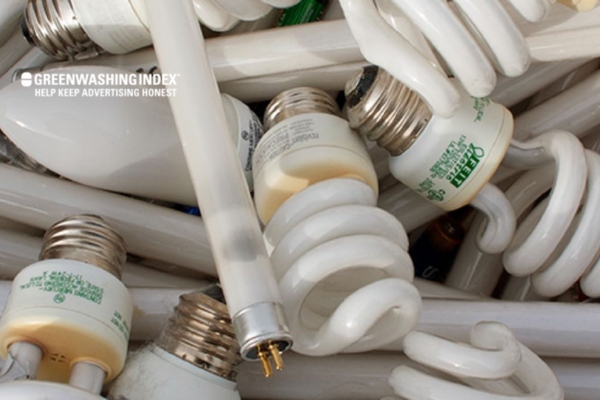
Know Your Bulbs – Which Are Recyclable?
To understand which light bulbs you can recycle, let’s break it down by type:
- Incandescent Bulbs: These are your traditional bulbs. They’re not often seen much these days because they use a lot of energy. When it comes to recycling, incandescent bulbs are tricky because they have thin glass and filaments that are tough to separate for recycling purposes.
- CFLs (Compact Fluorescent Light bulbs): These spiral-shaped tubes save more energy than incandescent ones. CFLs contain a small amount of mercury, so they mustn’t end up in regular trash – they need special treatment when it’s time to throw them out.
- Halogen Bulbs: These are similar to incandescents but a bit more efficient and with a longer life span. Like their older cousins, halogen bulbs don’t have components that make them good candidates for recycling.
- LED Bulbs (Light Emitting Diodes): LEDs are popular because they’re very energy-efficient and long-lasting. The good news about LED lights is that many parts of them can be recycled – like their metal components and sometimes their plastic pieces too.
So when you look at all these types of light bulbs, CFLs stand out as the most important to recycle properly due to mercury concerns while LEDs offer easier recycling options due to their non-toxic parts and dismantlable design.
Remember this: safe disposal is critical for light bulb recycling – especially for CFLs containing mercury! Always check with local waste management or recycling centers on how best to handle your old bulbs safely; small steps lead us toward a greener planet.
Also Read: Aluminum Foil Recycling: Easy Guide to Eco-Friendly Practices
How To Initiate Light Bulb Recycling?
Light bulb recycling is important for keeping the planet healthy. As an everyday person, I can play a part in this by properly disposing of my used bulbs. But sometimes, it’s hard to know where to start. Here, I’ll share a list of steps on how to make sure these light bulbs get recycled the right way.
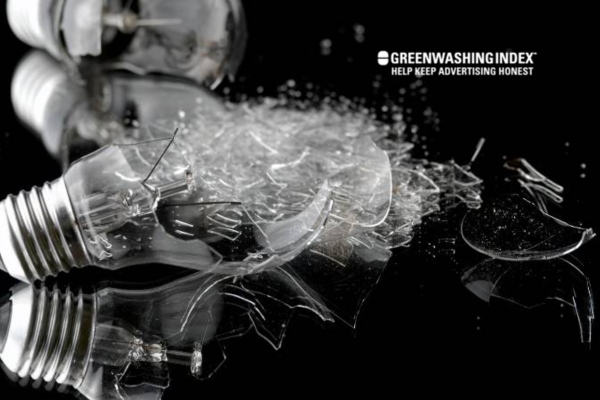
Step-by-Step Guide to Recycling Your Light Bulbs
Recycling light bulbs isn’t the same as recycling paper or plastic—it’s a bit trickier because there are different types of bulbs and they each need special treatment. Let’s go through them one by one.
Incandescent and Halogen Bulbs
- Find Out: First things first, find out if your local waste management or recycling centers accept these bulbs.
- Wrap Them Up: If you have broken ones, carefully wrap them in a newspaper or place them inside their original box—or any box—to prevent injury from broken glass.
- Drop-Off Points: Take your securely wrapped old incandescent and halogen light bulbs to a drop-off point that accepts them.
- Consider Switching: Think about using longer-lasting, more energy-efficient LED bulbs next time—they’re easier to recycle!
Compact Fluorescent Lamps (CFLs)
- Safety First: Be careful with these since they contain mercury which is harmful if released into the environment.
- Retailer Drop-Offs: Many hardware stores offer take-back programs for CFLs at no cost—look for these in your area.
- Proper Packaging: Like others, if they’re broken, put the pieces in plastic bags before placing them gently into a cardboard box.
- Local Hazardous Waste Collection: Some places might consider CFLs as hazardous waste—check with local services about special collection days for these kinds of materials.
LED Bulbs
- Locate Recycling Programs: Although LEDs don’t contain hazardous materials like mercury, not all general recycling programs accept them so you’ll need to check first.
- Special Service Providers: Look online for special recycling services dedicated to electronics and LED lights that have drop-off locations or mail-in options.
- If at a Store: When buying new ones at certain stores they may take back your old LEDs—ask about this service when making your purchase.
- If Online: Some manufacturers might provide mail-back programs; investigate this on their website when you buy LEDs directly from them.
By following this guide on light bulb recycling correctly, and encouraging our friends and family to do so too—we help prevent harmful materials from getting into nature and contribute toward energy conservation through the reuse of materials like glass and metals often found in light bulbs.
Also Read: Styrofoam Recycling Tips: Easy Guide to Greener Choices
Breaking Down the Types for Proper Disposal
Let’s talk about light bulb recycling by looking at different types of light bulbs. This will help us understand how to throw them away the right way.
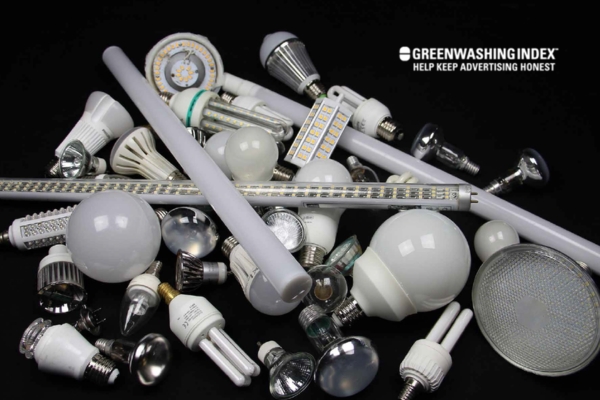
Incandescent and Halogen Bulbs – Toss or Recycle?
You might be familiar with incandescent bulbs; they used to be everywhere. Nowadays, not so much since better options are there. But if you still use them or find one around your house, here’s what you should know about getting rid of them:
- Check Local Rules: First thing, look up your area’s rules on dumping light bulbs because every place has its own way.
- Throw Away If Allowed: Many times you just put these bulbs in the regular trash – but wrap them up to keep them from breaking and hurting someone.
- Recycle Options: Some areas have special spots where you can recycle these old-style bulbs. Find out if that’s an option where you live.
Fluorescent Lights – The Efficient Choice with Careful Disposal Needs
Fluorescent lights use less electricity and last longer than old-school incandescent ones. But when they burn out, getting rid of them isn’t so simple because they have a bit of mercury (not healthy stuff) inside:
- Never in Regular Trash: You should never put fluorescent lights on normal garbage. That mercury can get into earth or water if broken.
- Find a Recycling Center: Look for places that take these bulbs for safe handling.
- Safe Packing: If you carry burnt-out fluorescent lights to recycle, pack them safely so they don’t break on the way.
LED Light Bulbs – Eco-Friendly but Still Needing Attention
LEDs are great for saving energy and last a long time! Even though they’re good for nature compared to others, we still need to toss LEDs with care when they don’t work anymore:
- Check if Toxins Present: Some LEDs may have bad ingredients inside like lead or arsenic which is why we shouldn’t just throw them out with regular trash.
- Locate A Drop-off Site: Just like other special bulbs, look up spots nearby where LEDs can go after use.
- Recycling Good For Earth: When we recycle LEDs correctly, we help protect our planet because bits from the bulb get used again instead of ending up in landfills.
Always remember: no matter what type of bulb it is, recycling it helps keep our world cleaner and safer!
Also Read: Plastic Bag Recycling: Easy Steps for a Clean Planet
The Perks of Properly Recycling Lightbulbs
Light bulb recycling is something I always make sure to do. It helps our planet in many ways. Now, let me share with you the great things that come from recycling light bulbs properly.
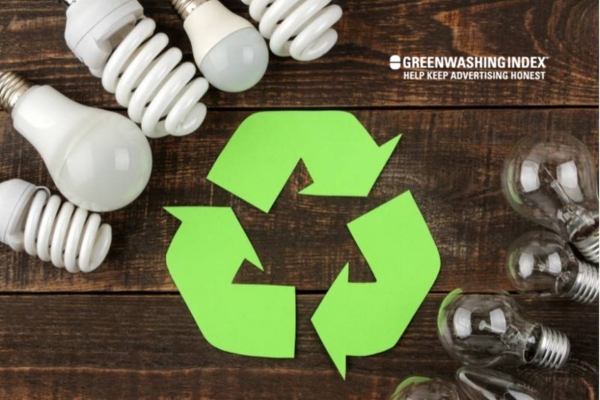
Environmental Dividends – Saving More Than Just Energy
When I recycle light bulbs, I know I am doing more than just saving energy:
- Conserving natural resources: Recycling these little glass wonders means that we use less raw material like glass and metal. This is good because these materials are pulled from the Earth. If we keep taking without giving back, one day there might not be any left for us to use.
- Preventing pollution: You see, making new light bulbs from scratch can get pretty dirty business for our planet. There’s mining involved which can harm land and water nearby. But if we recycle old ones, less mining happens – that’s a big win for clean air and clean water!
- Protecting wildlife: Some areas where they mine or dispose of waste are homes to animals and plants. By keeping these places safe through recycling, critters big and small can live better lives without being troubled by human activities.
The Savings Behind Lightbulb Recycling
Now let’s talk about how your pocket benefits when you take part in light bulb recycling:
- Cheaper production costs: Making brand-new bulbs from old ones saves companies money since recycled materials can cost less than new ones. And when manufacturers save on costs, sometimes those savings find their way into my wallet as lower prices on shelves.
- Economic incentives: Some places even offer rewards like discounts or money back when you bring in old light bulbs for recycling – It really feels nice getting something back just for doing good!
- Job creation: Believe it or not, recycling programs create jobs too! When I drop off my used bulbs at local collection points, folks there work to sort and process them into new things – jobs made possible only because people like us choose to recycle.
I hope this makes it clear why it’s so great to get involved in light bulb recycling! They say every little action counts – handing in your old light bulbs certainly does a lot more than just keeping them out of trash cans; it keeps nature smiling and may even save some coins jingling in your pockets too!
Also Read: Computer Recycling: Green Guide to Old Tech Disposal
Navigating Through Local Regulations on Lightbulb Disposal
Getting rid of old light bulbs the right way is important because it’s not just about keeping our homes clean; it’s also about taking care of our planet. The thing is, every place has different rules for how to properly recycle or throw away old light bulbs. I want to make sure that you know these rules, so you do your part correctly.
Understanding Your Role Under Local Laws
When I talk about following the local laws for light bulb recycling, what I mean is checking what your own town or city says about this topic. This can be a bit tricky since the rules can change from one place to another, but it’s a key step in making sure we’re all doing our best for the environment. So here are some tips on how you should tackle this:
- Look It Up Online: Start by using your computer or phone to search for waste management information specific to where you live. You can usually find this on your local government’s official website under sections like ‘Waste & Recycling.’
- Local Waste Facilities: Give a call or visit your nearest waste facility. The people working there know all about the local regulations and can give you good advice on what to do with your old light bulbs.
- Community Resources: Sometimes, community centers, libraries, or environmental groups have flyers or brochures with information on recycling programs in your area.
- Ask Questions: Don’t hesitate to ask questions if something isn’t clear when it comes to recycling regulations in your town.
- Be Careful with Certain Types of Bulbs: Items like fluorescent tubes contain materials that could be harmful if they break and aren’t handled correctly.
Now let me break down why understanding these laws matters:
- You play an integral role in handling waste effectively.
- Following the rules helps prevent harm to nature and ourselves.
- Knowing the right way means reducing pollution caused by incorrect disposal.
By taking these steps and being informed, not only will you handle light bulb recycling properly but also set an example for others around you – and that’s a shining effort we should all strive towards!
Conclusion
In wrapping up, I’ve taken you through the significant aspects of light bulb recycling and the vast benefits that come with this small act. We’ve uncovered the importance of properly handling different types of bulbs — from incandescent to LED — and outlined practical steps for their disposal or recycling.
It’s been clear that simple actions can lead to impressive environmental and economic perks, underscoring why this process is not just beneficial but essential.

